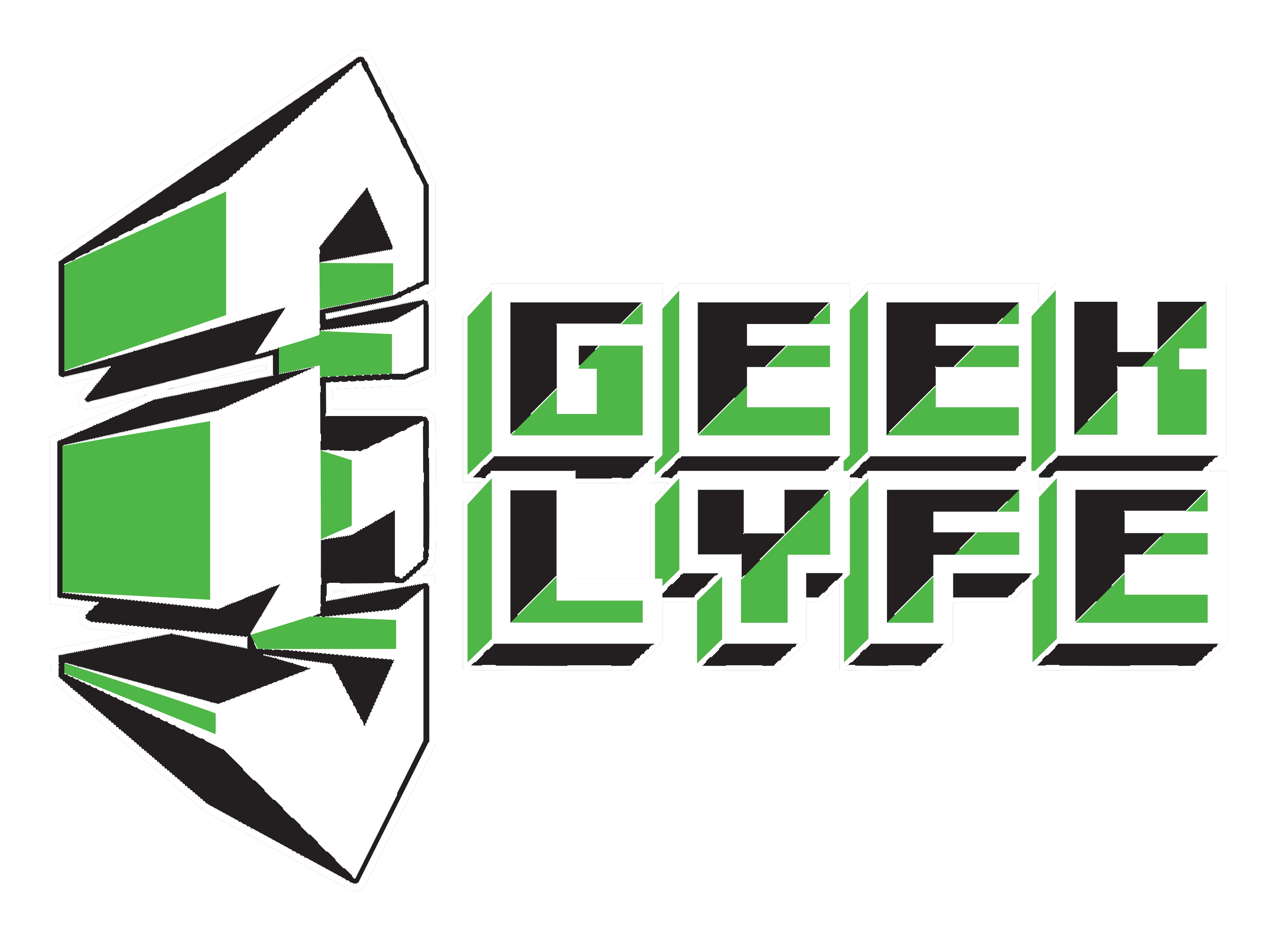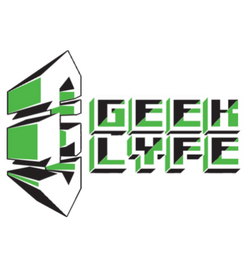
If you’ve ever juggled a TV feed, a scores app, and a sportsbook only to see a micro‑market disappear because the stream lagged, you already understand why a single‑screen “watch‑and‑bet” experience matters.
Today, regulated sportsbooks, from betway to U.S. market leaders, are stitching low‑latency live video, official real‑time data, and an in‑app betslip into one view, a shift backed by record 2024 U.S. sports betting revenue of $13.71B and nearly $150B in handle reported by the American Gaming Association and covered by ESPN.
In this article, we will look at how integration removes friction, why latency is the feature that unlocks in‑play markets, and how rights and economics ensure this model keeps spreading across major leagues and mobile markets.
One Screen, Zero Friction
More than 95% of legal U.S. sports betting took place online in 2024, which means the most natural place to watch and wager is the same app where bets already happen. Genius Sports’ BetVision, which launched with live NFL game video in 2023, showed what happens when you bring the stream and the betslip together, delivering 19 million in‑app streams across partner books and nearly doubling the in‑game bet rate versus typical U.S. bettors, according to Sports Business Journal’s 2024 reporting on the product’s usage.
That kind of lift is not just a novelty, it is what you would expect when context switching disappears and the market appears at the exact moment a fan’s attention peaks during a drive, a possession, or a key play.
Crucially, the audience is large and reachable, with 39 states approving sports betting and 31 allowing statewide mobile as of early 2025, extending the practical ceiling for integrated streaming to a national user base over time.
Early partnerships also show it is not a single‑operator experiment, with BetVision initially available via Caesars Sportsbook, Fanatics Sportsbook, and BetRivers, and later expanding to FanDuel in early 2024, which increased both reach and validation.
Speed is the Feature
Latency determines whether a micro‑market exists long enough to be usable, so the speed of the stream is now a feature in its own right rather than a nice‑to‑have technical metric.
Sports Business Journal reported BetVision streams running around 4 to 6 seconds behind live, compared with 30 to 40 seconds on many traditional feeds, a gap that transforms the viability of props tied to drive outcomes, play sequences, and instant reaction markets inside the video window.
Once the video is nearly real time, odds and official data become more than overlays, they are prompts that can surface at natural pauses and align with what viewers see, which is why the NFL’s extension making Genius Sports the exclusive distributor of official real‑time data and the supplier of “watch and bet” live games is strategically important.
FanDuel’s three‑month NBA League Pass offer with integrated odds for the 2024–25 season shows this model is not limited to pro football and that operators are testing how to present streams and betting context together for basketball as well.
- Treat latency as a UX lever, not a backend metric, because sub‑10‑second streams unlock micro‑markets that match the pace of live play.
- Time bet prompts to breaks in play, using official data and contextual stats to inform choices without cluttering the live action.
- Keep betslips persistent but unobtrusive so placing a wager takes one or two taps from wherever the viewer is in the stream.
- Use official data feeds for consistency between what fans see, the odds they get, and the markets that appear in‑stream.
Rights, Reach and ROI
Record results give operators permission to invest in video rights, low‑latency delivery, and in‑stream UX, with U.S. sports betting revenue at $13.71B in 2024 and handle near $150B, as detailed by the AGA and reported by ESPN’s industry coverage.
The broader commercial gaming context matters too, with the AGA reporting a record $71.9B in 2024 commercial gaming revenue, which underscores why operators are chasing deeper session time and higher in‑play participation via integrated streams. On the supply side, the NFL’s multi‑year extension with Genius Sports in June locks in exclusive official real‑time data distribution and maintains the pipeline for official “watch and bet” live NFL games into sportsbooks, aligning data rights, Next Gen Stats, and video.
Operator adoption is trending in the right direction, growing from early BetVision partners to include FanDuel, which suggests that more books will follow as the rights and technical frameworks mature and as they see proof that in‑stream viewing correlates with higher in‑game activity.
A fair question for product teams is how to pace in‑stream prompts during a three‑hour broadcast so the experience feels like an enhanced live game rather than a wagering dashboard, which is a design choice tied directly to balancing engagement with user comfort.
Timing Is Everything
The single‑screen model that merges low‑latency live video, official real‑time data, and a native betslip has already shown it can reduce friction and raise in‑play participation, with SBJ‑reported usage and latency figures explaining why the experience feels materially different from second‑screen habits.
With official league rights in place for the NFL’s data and watch‑and‑bet supply, and with operators piloting integrated offers in other leagues like the NBA, the near‑term outlook points to wider availability, tighter latency targets, and more thoughtful overlays that guide choices at the right moments.
For bettors, that means fewer missed markets and better timing, and for operators, it means a clearer path to deeper sessions and durable ROI supported by record revenue and handle, so what single feature would make a streamed game feel even more “live” to a mobile bettor than being in the stadium itself?
Chicano | Fighting/Writing for Diversity | DM since 08 | Anime Lover | Site: https://www.thegeeklyfe.com | info@thegeeklyfe.com | http://twitch.tv/that_deangelo | https://linktr.ee/deangelomurillo




